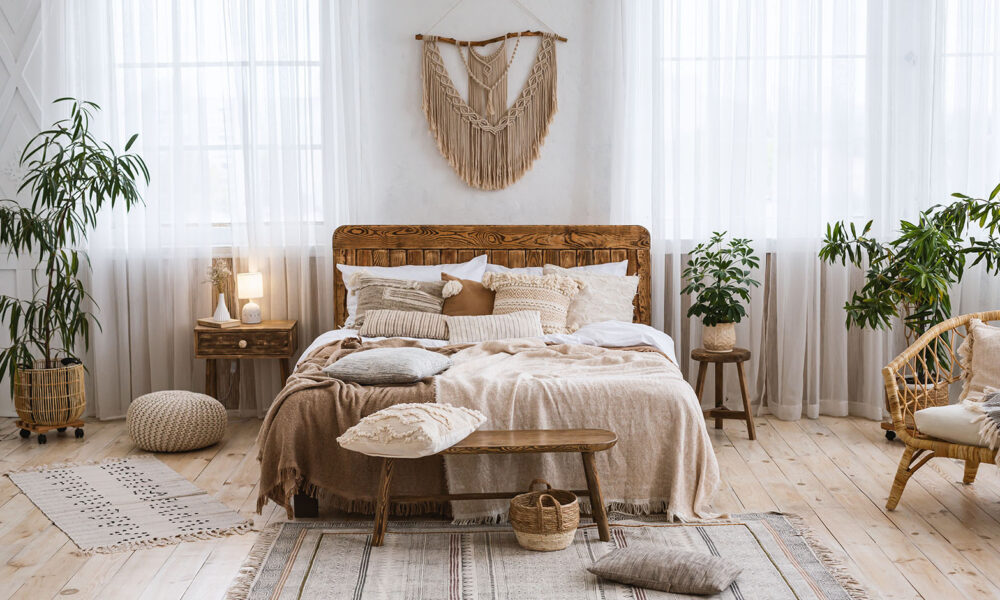If you’re looking to create a space that feels harmonious and balanced, incorporating Feng Shui principles into your home design can be a great way to achieve this. Feng Shui is an ancient Chinese practice that is centered around the idea that the energy, or “chi,” of a space can impact our well-being and success. By arranging your home in a way that aligns with these principles, you can create a space that feels welcoming, peaceful, and energizing.
What Is Feng Shui?
Feng Shui is an ancient Chinese practice that has been used for thousands of years to promote balance and harmony in the home. It is based on the idea that the energy, or “chi,” of a space can impact our well-being and success. The practice involves arranging the furniture and decor in a way that aligns with the five elements of nature (water, wood, fire, earth, and metal) and the Bagua map, a Feng Shui tool that divides a space into nine areas that correspond to different aspects of our lives (such as love, career, and health).
The Benefits of Feng Shui in Your Home
There are many benefits to incorporating Feng Shui principles into your home design, including:
- Improved energy flow: By arranging your home in a way that aligns with the principles of Feng Shui, you can create a space that feels more open and welcoming. This can help to improve the flow of energy in your home, which can have a positive impact on your mood and well-being.
- Reduced stress: A home that feels harmonious and balanced can help to reduce stress and promote relaxation. By incorporating Feng Shui principles into your design, you can create a space that feels calming and supportive.
- Better sleep: Feng Shui principles can also be applied to your bedroom design to promote better sleep. By arranging your bed in a way that aligns with the Bagua map, you can create a space that feels peaceful and restful.
- Enhanced creativity: By incorporating elements of nature into your home design (such as plants or natural materials), you can create a space that feels more energizing and inspiring. This can help to promote creativity and productivity.
- Improved relationships: Feng Shui principles can also be used to enhance your relationships. By arranging your home in a way that aligns with the Bagua map, you can create a space that promotes love, harmony, and communication.
How to Incorporate Feng Shui Principles into Your Home Design
If you’re interested in incorporating Feng Shui principles into your home design, here are a few tips to get you started:
- Declutter: A cluttered home can block the flow of energy and create stress. Start by decluttering your space and getting rid of anything that doesn’t bring you joy or serve a purpose.
- Use the Bagua map: The Bagua map can be used to identify the different areas of your home and how they correspond to different aspects of your life. Use this tool to arrange your furniture and decor in a way that aligns with these areas.
- Bring in nature: Incorporate natural elements (such as plants or natural materials) into your home design to create a space that feels more energizing and inspiring.
- Use color: Color can have a big impact on the energy of a space. Use the principles of Feng Shui to choose colors that align with the Bagua map and promote balance and harmony.
- Arrange your furniture: The way you arrange your furniture can impact the flow of energy in your home. Use the principles of Feng Shui to arrange your furniture in a way that feels open and welcoming.
Incorporating Feng Shui principles into your home design can have many benefits, from promoting a sense of calm and relaxation to enhancing your relationships and creativity. By using the principles of Feng Shui to arrange your furniture, choose colors, and incorporate natural elements, you can create a space that feels harmonious and balanced.



